Navigation
Electric bikes are on the rise, and with a broader range of e-bikes, it’s getting increasingly difficult to decide which one to go with. There are so many parameter variables to compare with, and some aren’t simple to understand.
One such variable is voltage, expressed in watts. While it’s a feature often used to sell electric bikes, not everyone fully understands its meaning and significance, which might make you feel left out when conversations are going out in a group of e-bike enthusiasts or just confused when the mechanic/merchant mentions them.
This article dives into what is electric bike voltage as well as answers different frequently asked questions regarding the topic.
However, no matter what type of electric bike you go for, it’s important to buy from a trusted retailer. Eskute is where you could head if you’re interested in buying high-quality e-bikes.
What’s a Watt?
Simply put, a watt is a unit of power named after James Watt, the inventor of the steam engine.
The definition states that it is the energy consumption rate of one joule per second. Alternatively, it is the current flow of one ampere with a voltage of one volt.
While in common terminology, it refers to the force taken to move things. When talking about watts in terms of electric bike battery usage, it refers to something more specific, which we’ll talk about in the next section.
What are the two types of watt ratings?
For the most part, the watt rating on an e-bike motor describes how much energy the motor can manage continuously for long durations.
Another form of describing watt rating is a “peak watt rating”, which refers to the amount of energy the motor would be able to manage at its maximum, but not for long periods.
These two values can be vastly different, and it’s important to know which type the manufacturer is talking about when describing an e-bike’s watt rating. You might be interested in one rating or the other depending on whether you intend to compete with it in races or go on long rides and adventures.
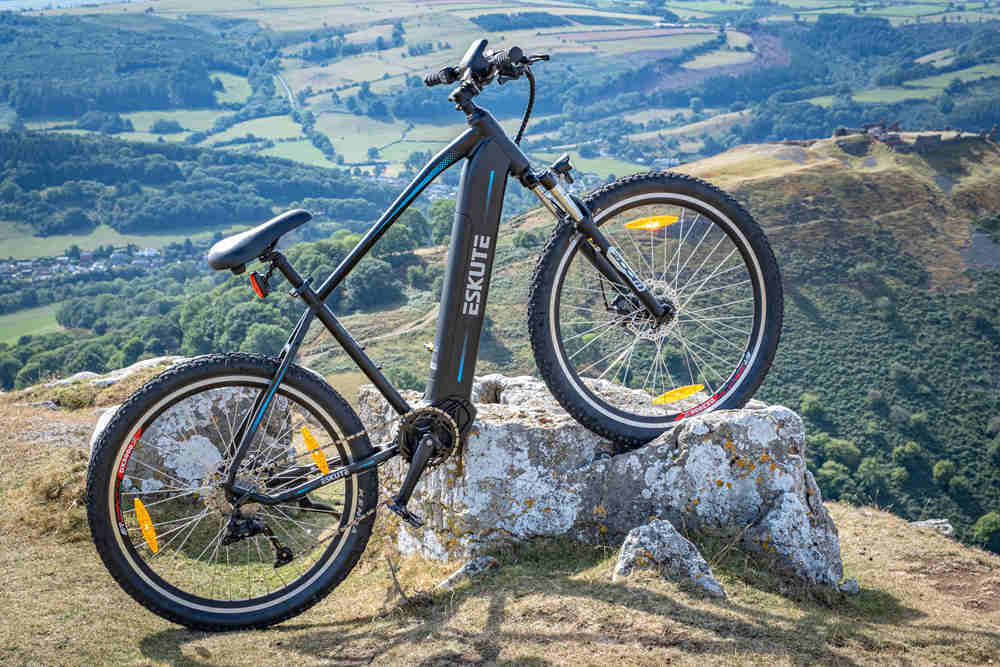
What does more power indicate?
In short, increased power generally means accelerating faster or climbing a steeper slope without slowing down; you can traverse tougher terrains more easily.
In more general terms, power is usually mentioned in horsepower when it comes to automobiles and heavy-traffic vehicles. A car with ten horsepower is vastly different from one with two hundred.
The second unit of power is the kilowatt, which is used to measure the power of electric motors, especially in terms of household and commercial items. As the word “kilo” refers to a thousand, one kilowatt (kW) naturally means one thousand watts.
While it’s usually more convenient to use kilowatts, a full 1000 watts becomes too much to describe the power of e-bikes. So, instead of kilowatts, e-bikes usually have unfixed power ratings ranging from around 250 to 900 watts.
If horsepower or kilowatt is easier for you to understand in terms of other units, you could Google to convert the unit. Alternatively, remember that a small vehicle with ten horsepower has about seven kilowatts.
What are Watt-hours?
Another concept that’s immensely important with e-bikes is energy. While power refers to how fast the bike can accelerate (due to the motor), energy refers to how far it can travel.
Since energy is stored in the form of gasoline in an automobile, it’s easier to think about the remaining energy in terms of the remaining fuel. And it’s simple enough to get an estimate for how long our car would be able to carry us.
Electric bikes get a bit more complex and arbitrary since the energy is stored in the battery and directly linked to the motor. Watt-hours is a unit of electric power and refer to the watts that can be provided to the motor in an hour by the battery.
Different e-bikes have different watt-hours, with some having as low as 250 watt-hours (WH) and some being able to provide as much as 1000 watt-hours (WH) or 1 kilowatt-hour (kWh).
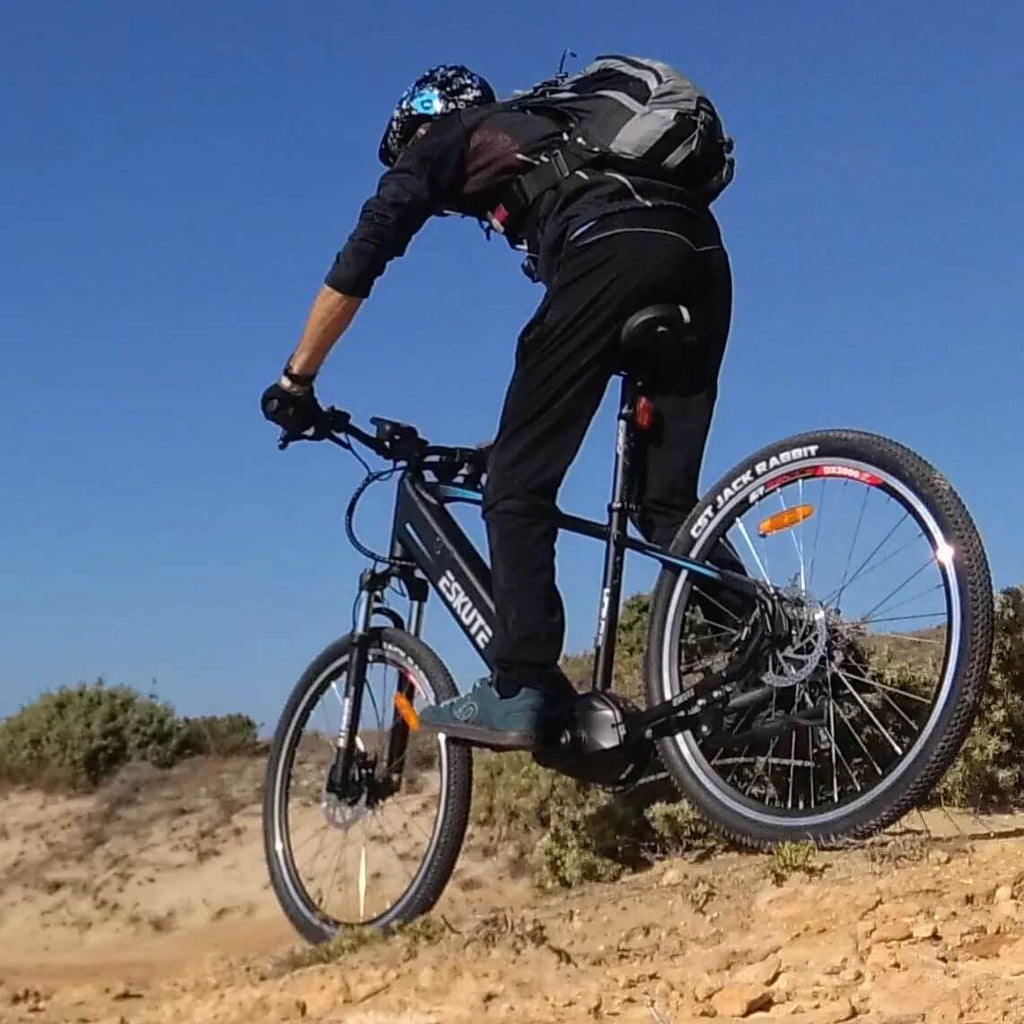
How much power do you need in an electric bike?
Now to the most important question, how do you decide how many watts you need in the electric bike you want to buy? It depends on several factors, including your budget and what you’ll use it for.
We’ll now talk about the different power categories of electric bikes, and one obvious disadvantage as we proceed with increasing levels of power is that it gets more expensive as you go on.
If you don’t have any high needs and weigh less, then a low-power bike would suffice. That said, if you’re confused between two power ranges, then choosing the lower power category would be an economical idea.
250 Watts e-bikes
These are the lowest-powered electric bikes and can only be used if you are fine with lower acceleration and have to ride on flat terrain.
If the rider weighs a bit more, these e-bikes will be slower. If you’re in a hilly area, or intend on using e-bikes in areas that require climbing hills, then these would rarely be able to provide enough power to climb it without assisted user-added paddling.
350 W – 750 Watts e-bikes
This range should be good if you’re a bit on the heavier side or will be climbing hilly terrain.
Most people would be satisfied with the power that e-bikes in this power range provide. However, remember that with heavier weights, they won’t be able to provide the fastest acceleration and might struggle slightly with very steep hills.
You’ll see performance and speed of higher speeds e-bikes on flat terrain would almost universally be smoother compared to e-bikes with lower power.
1000 - 2000 Watts e-bikes
At this power range, you’re starting to look at e-bikes that are not as close to typical bicycles and start to look more like lightweight electric motor vehicles.
They’re able to provide ample acceleration regardless of how much a person weighs and provide extreme power that can help you climb the steepest of hills. When a mountain or hill is impossible to climb on a bike, these e-bikes will do the job.
However, do keep in mind that electric bikes at this range of power usually require special chains and parts to keep them in a stable and healthy condition. Regular maintenance and visits to the mechanic are a must.
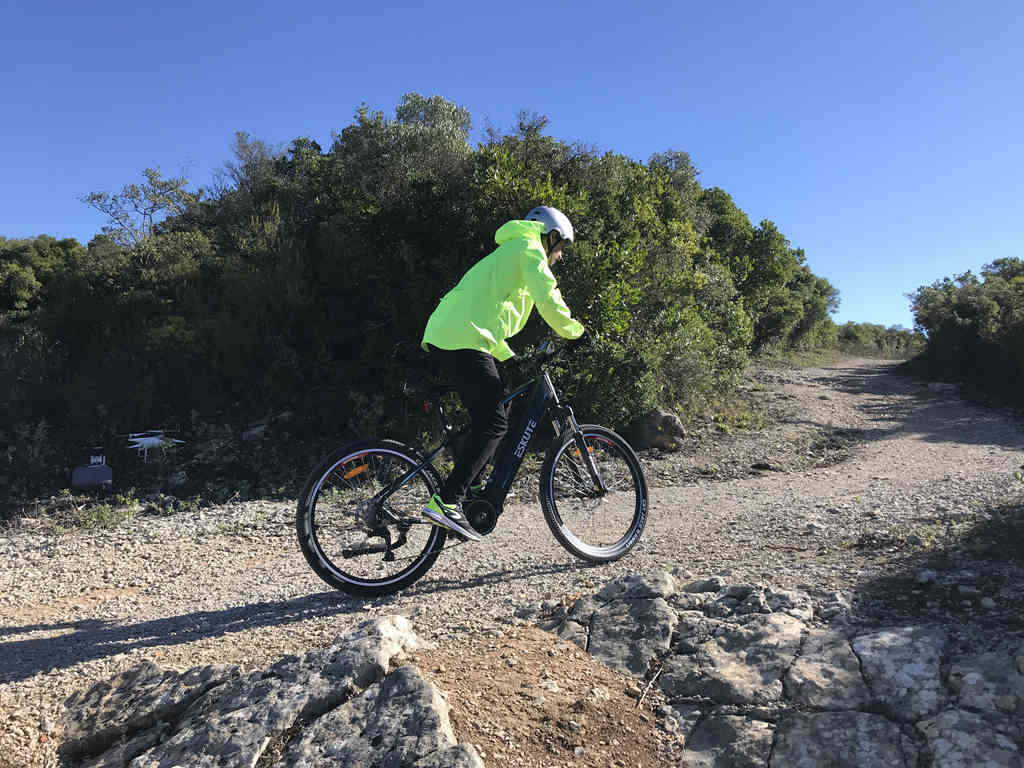
Conclusion
Most might be looking for the best option if they intend to buy an electric bike from this category. So it would be best to verify that the vendor is trustworthy before investing a nice sum of money into the e-bike.
One great place that can help a person buy a legal 250w electric mountain bike in the UK is Eskute, which provides a comprehensive list of e-bike options with a two-year warranty and unbeatable prices. They’ve been in the business for years and have countless satisfied clients to express their delight.
We hope you learned the basics about what voltage and watts refer to when talking about e-bikes, and don’t zone out the next time a conversation regarding them pops up in your e-bike circle. Don’t forget to wear a helmet and practice other safety measures before biking.
Good luck with the adventures, and cycle on!






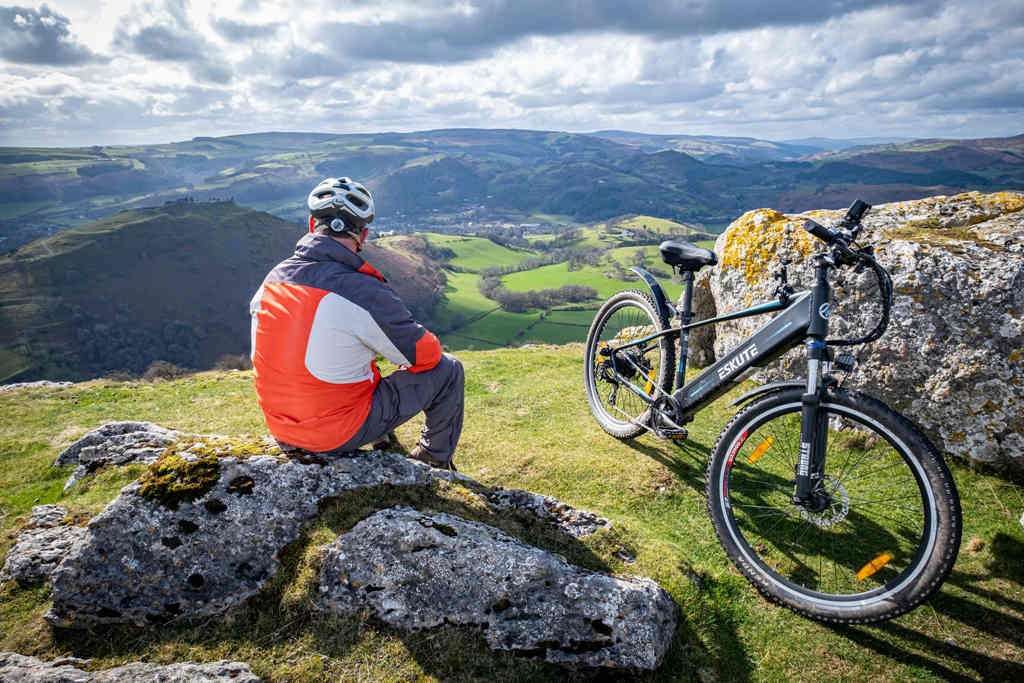


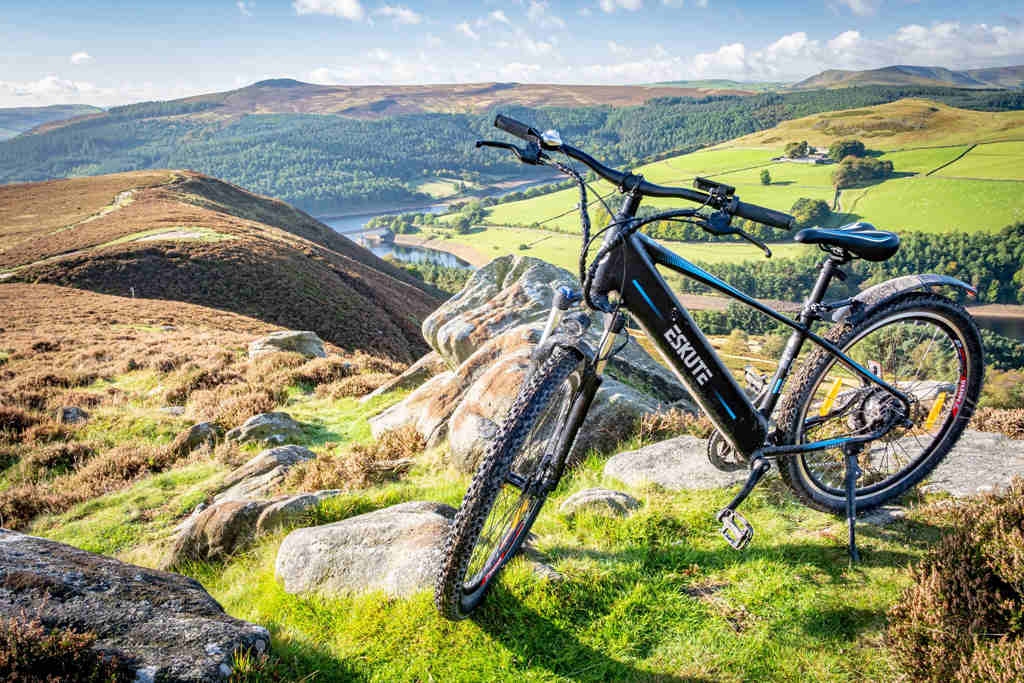
Leave a comment
This site is protected by hCaptcha and the hCaptcha Privacy Policy and Terms of Service apply.